0 Comments
Images: web-vassets.ea.com A Dementor is a non-being and dark creature, considered one of the foulest to inhabit the world. Dementors feed upon human happiness, and thus cause depression and despair to anyone near them. They can also consume a person's soul, leaving their victims in a permanent vegetative state, and thus are often referred to as "soul-sucking fiends" and are known to leave a person as an "empty-shell".  Ohl M, Lohrmann V, Breitkreuz L, Kirschey L, Krause S (2014) The Soul-Sucking Wasp by Popular Acclaim Ohl M, Lohrmann V, Breitkreuz L, Kirschey L, Krause S (2014) The Soul-Sucking Wasp by Popular Acclaim Recently, scientists have discovered a new species of wasp which turns its victims into zombies, is a species of cockroach wasp native to Thailand, described in 2014 by Michael Ohl in Berlin, Germany. The species name was selected by visitors to the museum, in efforts to connect members of the public to issues of taxonomy and the description of biodiversity. It is a particularly scary creature, preying on unlucky cockroaches using a creepy mind control technique. The wasp injects venom into the unlucky 'roaches, effectively removing their free will and then leading the victims off to be eaten. Some three species are being found in the Mekong every single week, with a total of 2,216 discovered over the past 17 years. Ampulex dementor is colored in red and black. Its mandibles, posterolateral areas are all light red, while its abdomen and much of its head is black. Its wings are slightly yellow. It has long and slender legs, female length varies between 9.6 and 10.9 mm; the male length is unknown. Source: harrypotter.wikia.com mirror.co.uk en.wikipedia.org Macro photographer Nordin Seruyan, captured this magical moments near his house in Seruyan, Central Borneo. Travelling by snail is probably not the fastest way to get around but this animals did not care and took a ride.
Source: dailymail.co.uk The photos were taken by Adam Summers and processed by Ilya Brook. The exhibit is 14 large format prints of photographs on aluminum plate. The fishes depicted here have been specially treated to make the stained skeletal tissues visible through the skin and flesh. The technique uses two vital dyes – Alcian Blue to stain cartilaginous elements a deep blue and Alizarin Red S to turn mineralized tissue crimson. The specimen is then lightly bleached with hydrogen peroxide to remove dark pigments, leaving a snow-white fish. Flesh is dissolved with Trypsin, a digestive enzyme found in your intestine. Trypsin attacks most proteins but does not harm collagen, the principle fibrous material that holds the skeleton and skin together. In order to make the skin and remaining connective tissue invisible the entire specimen is immersed in glycerin. The index of refraction of collagen is very similar to that of glycerin, so the flesh seems to disappear. If you return the specimen to water the collagen will turn white again and the skeleton will be hidden. This technique is only effective on specimens that are less than about 1cm in thickness, and takes much longer for thick specimens than thin. A small fish might take 3 days to process while a larger animal could take several months.
Source: picturingscience.com Matthew Cicanese is a conservationist, explorer, and documentarian of the tiny. In this photo essay, he expresses the beauty and importance of protecting the Earth’s biodiversity. These microcosms reveal beautiful worlds that teem with both artistic splendor and undiscovered life awaiting exploration.
Source: vanishingpointmag.com Alex Solis is an artist currently residing in Chicago, IL and he created this adorable series of Illustrations called Adorable Circle of Life, where he shows that behind those jagged teeth, powerful jaws and razor-sharp claws, every predator has a softer side or maybe even an adorable one.
Everyone has compassion for the cute bunny or lamb but what about their predators who are working hard for their meal? Capturing their prey is life or death for them. Just think about the last time you had to hunt for food while hungry. It’s time to give the predators a break. Because in the end, both predators and their prey play a role. Let's celebrate all animals who complete the Adorable Circle of Life. Source: cargocollective.com
|
Blog Archive
|
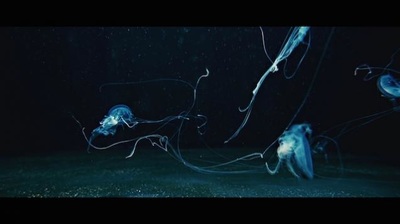
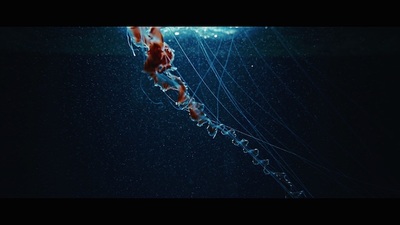

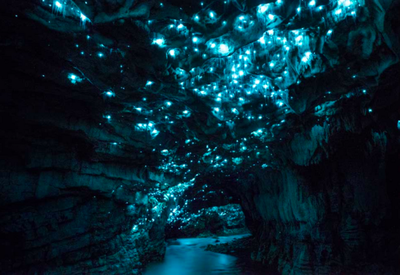

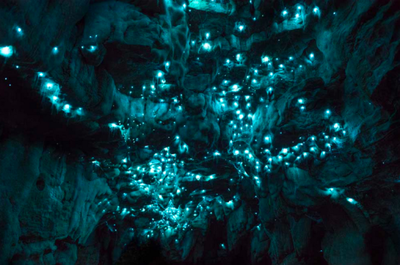



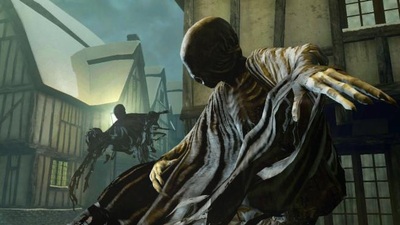




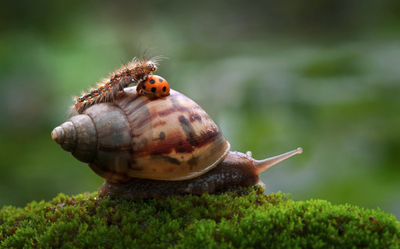


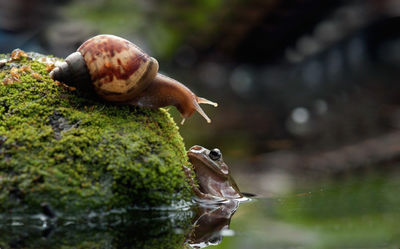

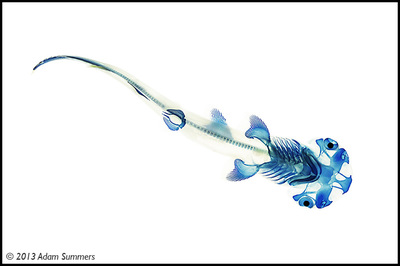


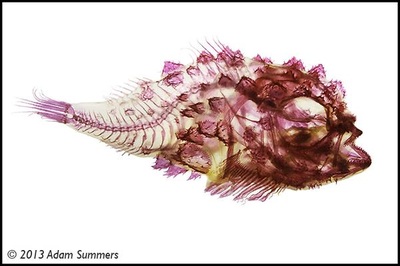
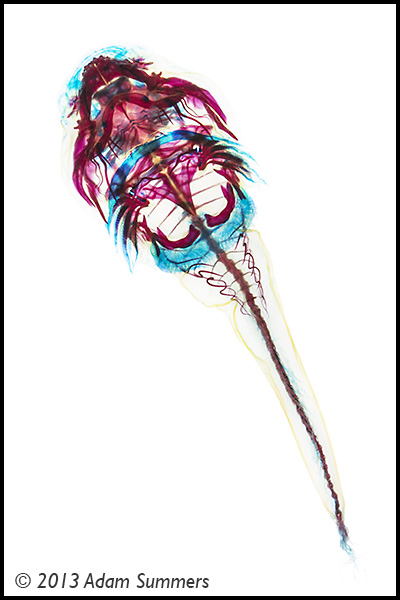

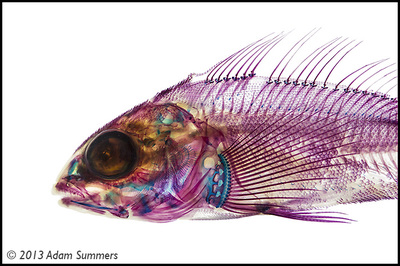
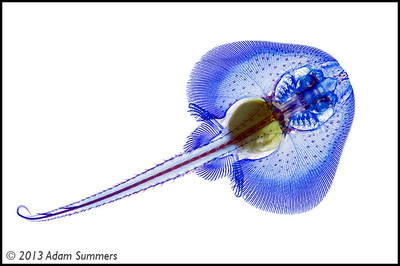
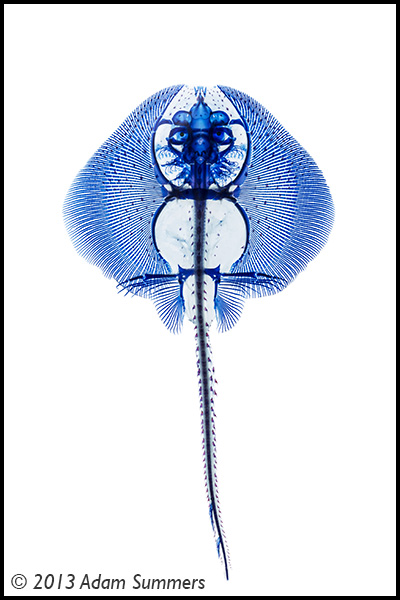


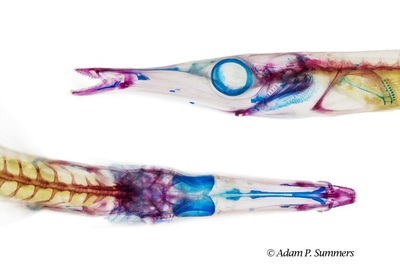
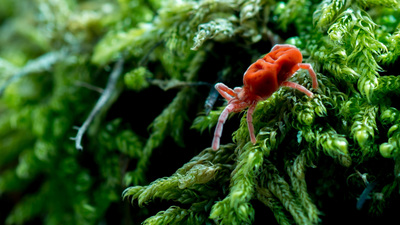

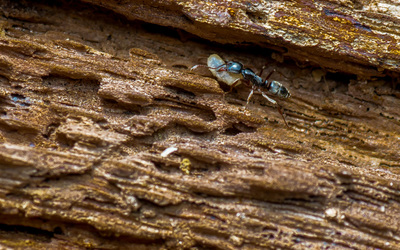


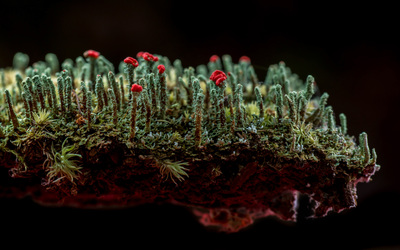

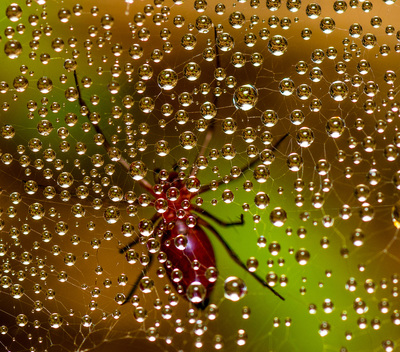
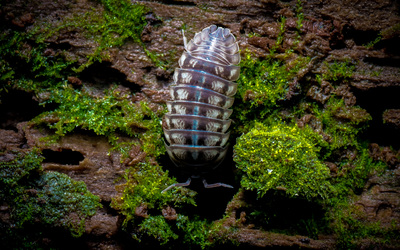
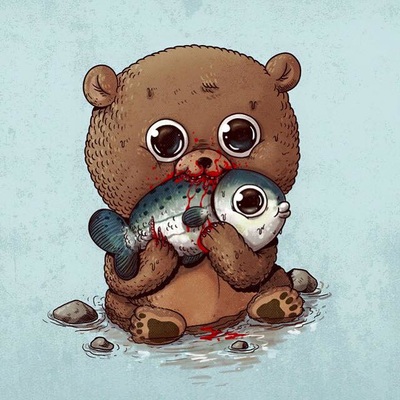
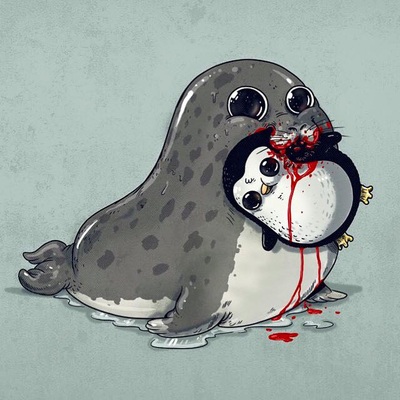
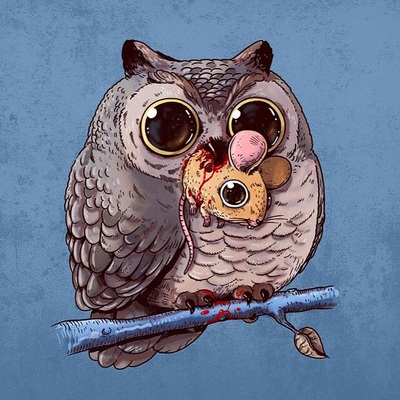

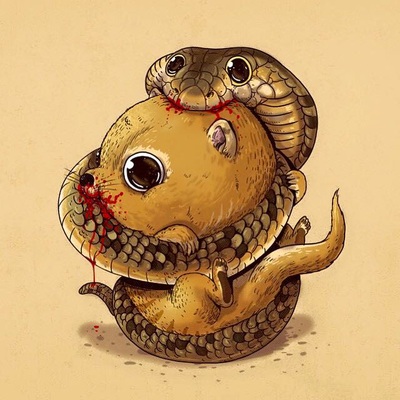
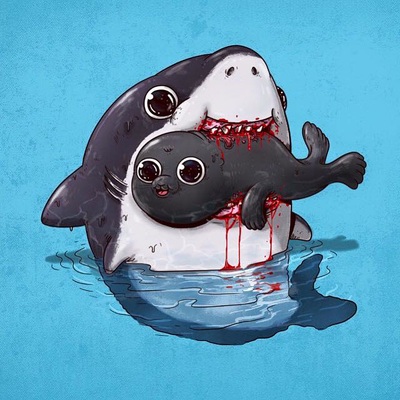

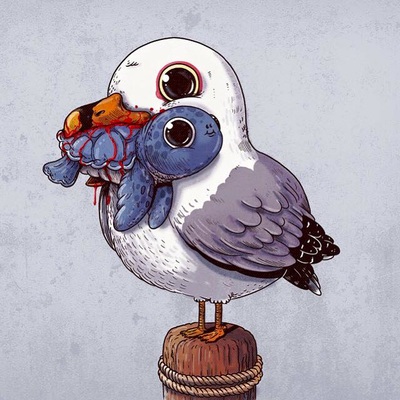
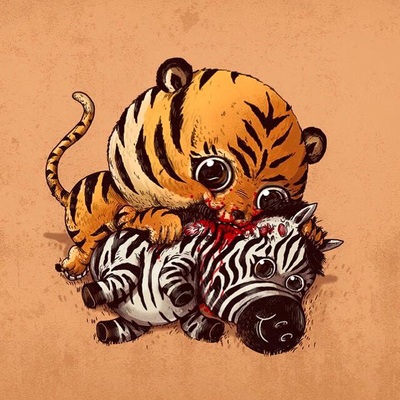

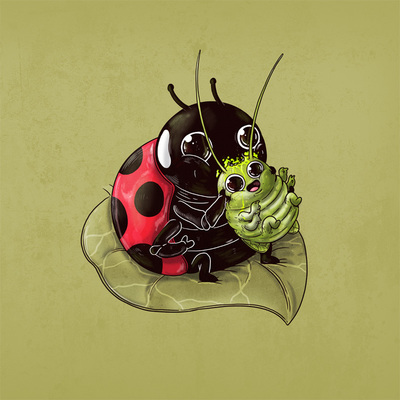

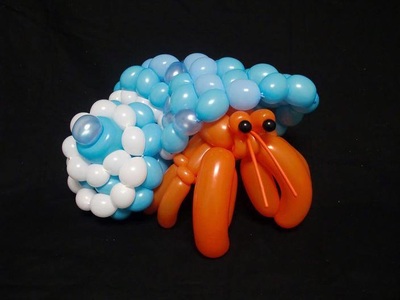

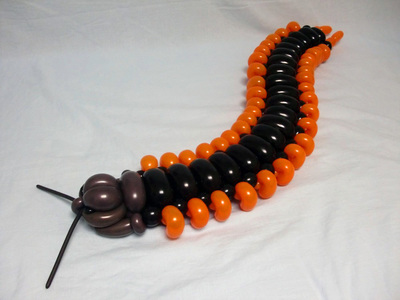
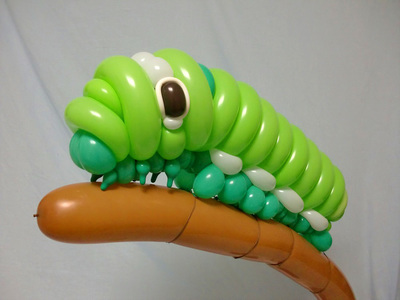
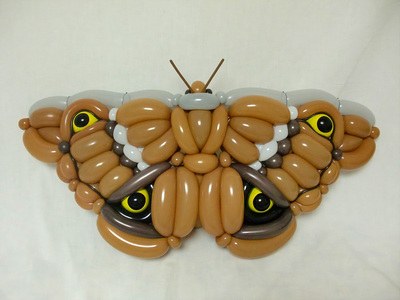
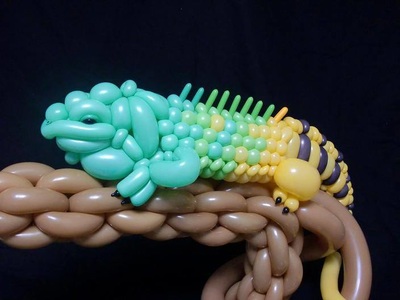
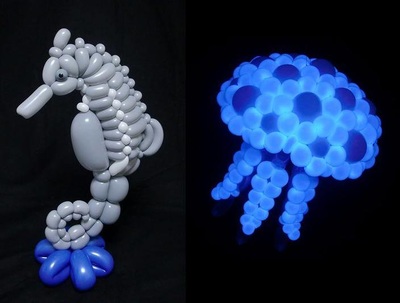
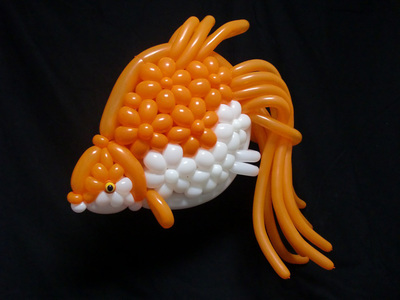
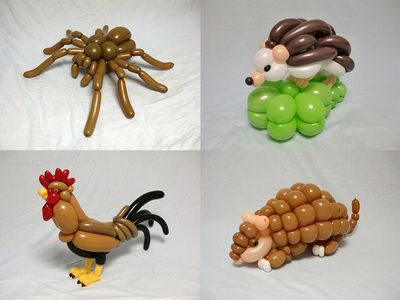
 RSS Feed
RSS Feed
